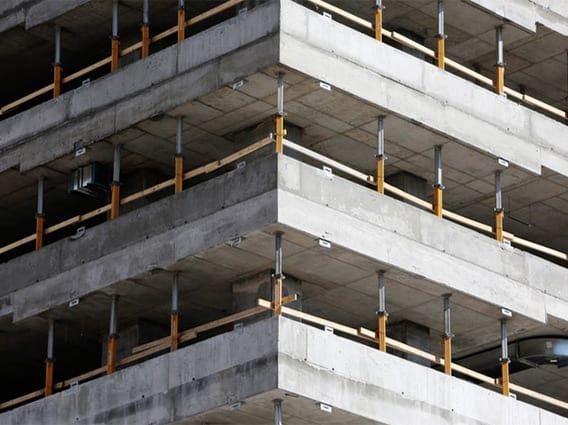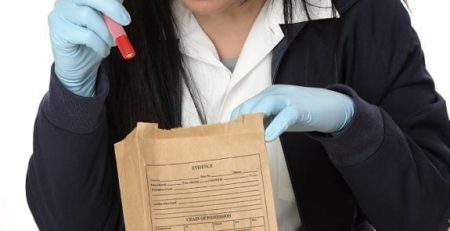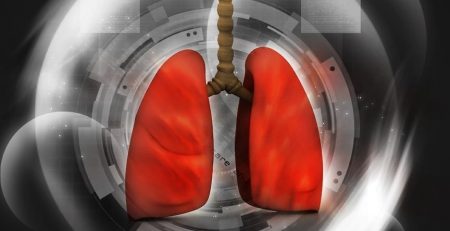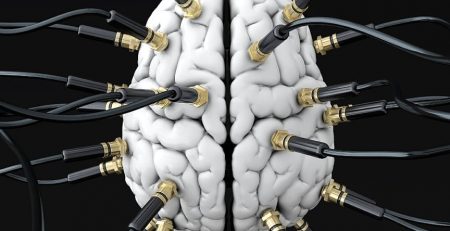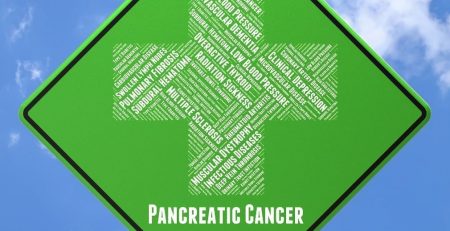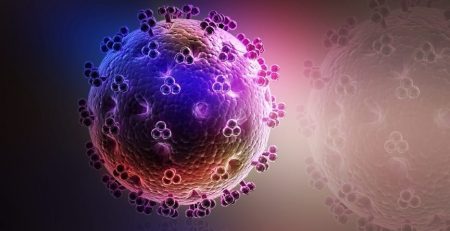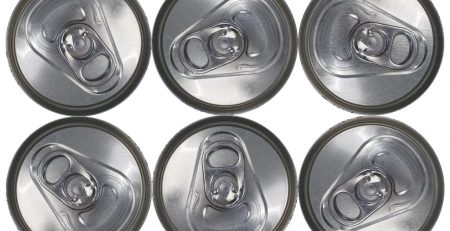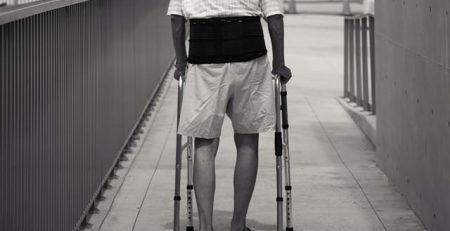CU Boulder Develops “Living Concrete” That Could One Day Form Self-Healing Buildings
A new form of living concrete made from sand and bacteria can grow as long as nutrients are provided and humidity maintained, thanks to Dr. Wil Srubar of the University of Colorado Boulder, IFLScience reports.
“We already use biological materials in our buildings, like wood, but those materials are no longer alive,” Srubar said in a release from the University. “We’re asking: Why can’t we keep them alive and have that biology do something beneficial, too?”
Srubar and his team created a scaffold out of sand and a hydrogel that retains moisture and nutrients for the bacteria to proliferate and mineralize.
“We use photosynthetic cyanobacteria to biomaterialize the scaffold, so it actually is really green. It looks like a Frankenstein-type material” Srubar said in a statement. “That’s exactly what we’re trying to create – something that stays alive.”
Not only is this brick alive – it’s also capable of reproducing, with one parent brick potentially reproducing up to eight bricks.
“Though this technology is at the beginning, looking forward, living building materials could be used to improve the efficiency and sustainability of building material production and could allow materials to sense and interact with their environment,” study lead author Chelsea Heveran, a former postdoctoral research assistant at CU Boulder, now at Montana State University, said.
The next step for Srubar and his team is to explore the numerous applications that the material platform brings.




